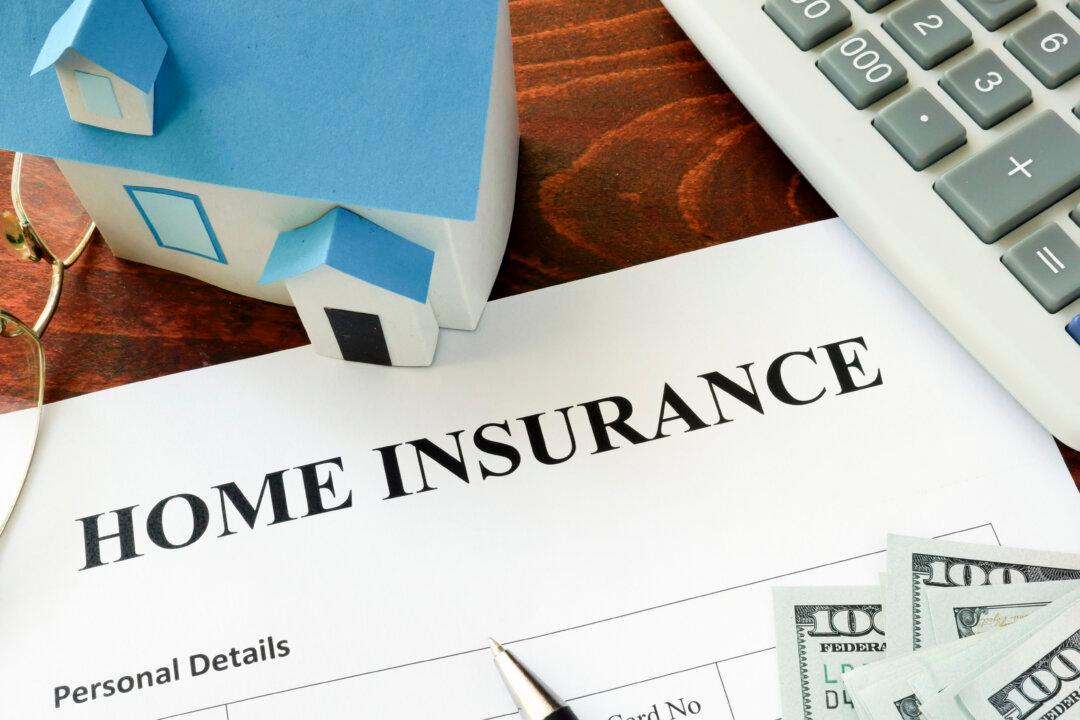Everyone realizes eggs and gas prices have increased, but what about homeowners insurance? According to a Policygenius analysis, homeowners experienced higher premiums at an average increase of $244 between May 2022 and May 2023.
Rising Construction Costs
Building costs affect premiums. When the price of supplies and skilled labor increases, you will pay for it.Rates are based heavily on how much the house is worth. This is the dwelling coverage in your policy. The more your home is worth, the more expensive it is to rebuild if there’s a partial or complete loss. And because inflation has increased building costs, your home is valued even more to replace.
It might have been initially built for $150,000 10 years ago, but now the cost has doubled. Land is not considered part of the insurance coverage.
Since 2020, there has been an 83 percent increase in construction materials. The average increase was 19 percent.
In 2023, there was a double-digit increase in building supplies. Some of these included a 16 percent increase in the price of wood. Steel increased 22 percent. Electrical conduit and insulation were 12 and 11 percent, respectively. And these are just increases in one year.
There’s also a skilled labor shortage. This has resulted in wage increases, supply-chain problems, and staffing problems
And when there’s a demand for new homes, it affects the cost of rebuilds. So, local costs for materials and labor are part of the replacement cost formula.
Abundance of Natural Disasters
In the past few years, the insurance industry has had record-setting claim payouts. Wildfires in California, Hawaii, and Texas.for example, combined with Florida hurricanes, have contributed billions of dollars of payouts.In other parts of the country, hail and tornado damage has cost insurance companies.
Insurance carriers have had to raise premiums to counteract the risk of homeowners filing claims. Some insurance companies have reduced their exposure in high-risk states by not writing new policies. Other companies have just pulled out of states altogether.
- State Farm
- Allstate
- Nationwide
- Farmers
Marital Status Skews Premium
It doesn’t matter if you’re a first-time homebuyer or a seasoned homeowner—your marital status can impact insurance rates.Insurance Premium Affected by House’s Age
Living in an older home can cost you. That’s because older homes’ aging materials are more susceptible to damage. An old pipe could burst. And although the pipe wouldn’t be covered, the damage done by the water would be covered.Old electrical wires could start fires and a windstorm may easily damage an older roof.
Type of Pet Affects Homeowners Premium
Pets can affect your premium. If you have a large dog or an exotic pet that could be dangerous, it will raise your premium.Insurance companies may raise rates on homes with dogs to account for the “bite' risk. You may not have a large dog, but you might have to pay higher premiums if it has a history of biting.
An Attractive Nuisance Costs
An “attractive nuisance” is anything that could coax a child into your yard. This could be a trampoline or a pool.Claims History Major Impact on Premium
Your claims history affects your premium. Multiple claims in the past is a red flag to an insurance carrier. They view you as a higher risk.A claim stays on your Comprehensive Loss Underwriting Exchange (CLUE) report for seven years. Some insurers will allow a specific dollar amount of claims before a rate increase.
Insurance Premiums on the Rise
Various factors impact your homeowners insurance policy premium. The two most important contributors are construction costs and weather.Your home’s age can also contribute to a hefty premium. Keep in contact with your insurance agent and let them know about any upgrades.








